As fly anglers, there’s nothing more exciting than planning a backcountry trip. It’s full of potential, with opportunities for far-away rivers, hungry trout, and nights spent under the stars. But, there’s also the logistical challenge of planning a backcountry trip. How do you know what to bring if you don’t really know what to expect?
You certainly can’t bring everything that’s been piling up in your closet. The essence of backcountry travel is packing light and the lighter your backpack is the farther you’ll be able to travel to get to those hungry trout. For the sake of saving weight and space, we thought we’d offer a few helpful tips for when you decide to hit the trail.
Here are 6 tips for backcountry fly fishing.
In our book, it’s better to go a bit larger than smaller because you can handle an overpowered rod on smaller water, but not always an underpowered rod on bigger water. A five or six-weight is a great option. If you have space for two rods in your pack, then we’d suggest a very small rod, like a two- or three-weight as your second option because there’s nothing more fun than fishing tiny alpine creeks with a lightweight rod.

Some great options are the Vesper 9-foot, 6-weight as your main option and the full-flex Revival 7-foot, 3-weight as your smaller option. With those two in your pack, you’ll be ready for anything the wild throws at you.

Second, if you have a good idea of what will work on the river, don’t be afraid to pack backups. If you’re going to be out and about for multiple days, the last thing you want to do is lose your only fly that’s killing it, with no fly shop in sight. Overall, think quantity over variety. This isn’t the time to test out obscure patterns—pack the greatest hits and pack a lot of them.
Lastly, for those anglers who are a bit anal about which flies go where, now isn’t the time to bring multiple boxes. Move your dries and nymphs together, and try to keep them all in one box. It’ll save you space and keep things simpler with limited supplies on the river.
As for the rest of your fancy toys, simplicity is key in the backcountry. Anything that’s not essential to you catching fish probably shouldn’t make the trip unless you want to lug it around on your back for a few days. There’s nothing worse than packing a piece of gear for a backcountry trip, only for it to never be used.

Alternatively, if you have comfortable, lightweight wading boots that can double as hikers, then you may be able to combine the two. Just be sure you’re going to be blister-free at the end of the day.
One last thing to keep in mind when it comes to packing: Keep your fishing gear accessible. If you’re traveling through the beautiful backcountry, chances are you’ll want to make quick stops on the trail to cast into small creeks, and you don’t want to dig to the bottom of your pack to make it happen.
You certainly can’t bring everything that’s been piling up in your closet. The essence of backcountry travel is packing light and the lighter your backpack is the farther you’ll be able to travel to get to those hungry trout. For the sake of saving weight and space, we thought we’d offer a few helpful tips for when you decide to hit the trail.
Here are 6 tips for backcountry fly fishing.
Pick a Good Weight
Unlike a roadside trip with easy access points, you can’t afford to bring your entire quiver of fly rods on a backcountry trip. So, do your best to research the area you’ll be fishing and then select the best fly rod for all of those options if you can—if not, choose the best two at most.In our book, it’s better to go a bit larger than smaller because you can handle an overpowered rod on smaller water, but not always an underpowered rod on bigger water. A five or six-weight is a great option. If you have space for two rods in your pack, then we’d suggest a very small rod, like a two- or three-weight as your second option because there’s nothing more fun than fishing tiny alpine creeks with a lightweight rod.

Some great options are the Vesper 9-foot, 6-weight as your main option and the full-flex Revival 7-foot, 3-weight as your smaller option. With those two in your pack, you’ll be ready for anything the wild throws at you.
Choose Flies Strategically
A fly box may not take up too much space, but it all adds up when it comes to backpacking. The first step when selecting flies is to realize that wild fish in remote areas tend to be less selective when it comes to food sources. So, try to pick flies by their general categories instead of slight differences like color and size. For instance, pack a pheasant tail nymph in one or two sizes and move on, instead of packing pheasant tails nymphs in multiple colors, sizes, and variations.
Second, if you have a good idea of what will work on the river, don’t be afraid to pack backups. If you’re going to be out and about for multiple days, the last thing you want to do is lose your only fly that’s killing it, with no fly shop in sight. Overall, think quantity over variety. This isn’t the time to test out obscure patterns—pack the greatest hits and pack a lot of them.
Lastly, for those anglers who are a bit anal about which flies go where, now isn’t the time to bring multiple boxes. Move your dries and nymphs together, and try to keep them all in one box. It’ll save you space and keep things simpler with limited supplies on the river.
Less Gadgets, More Backup
In that spirit, it’s important to be selective about your accoutrement as well. Pick the essentials when it comes to tippet and leaders, and pack doubles of each. You can probably keep tippet material in a pretty narrow range, maybe 3x to 5x, and leave the super big and super small sizes at home. The same strategy works for leaders as well.As for the rest of your fancy toys, simplicity is key in the backcountry. Anything that’s not essential to you catching fish probably shouldn’t make the trip unless you want to lug it around on your back for a few days. There’s nothing worse than packing a piece of gear for a backcountry trip, only for it to never be used.
Keep ‘Em Safe
Something that’s not up for debate, however, is the safety of the fish you’ll be targeting. Wild fish in public lands are a privilege, and we should do everything possible to keep their populations thriving. If you’re on the fence about a net or hemostats, don’t be—they’re essential. Sure, a net may be cumbersome, but it’s worth every ounce to be able to release fish quickly and safely.Do You Need Boots and Waders?
If you can wet wade, then that’s definitely your best option. Waders and wading boots are not light. Or small. Unless you have issues with stability in the water, then we’d suggest packing lightweight, yet sturdy sandals that are comfortable and can even do some light hiking. There are a few different brands that offer great wet-wading sandals, and we recommend taking that route unless you absolutely need to throw in your moon boots.
Alternatively, if you have comfortable, lightweight wading boots that can double as hikers, then you may be able to combine the two. Just be sure you’re going to be blister-free at the end of the day.
Practice Packing
Nothing beats experience when it comes to backpacking, so don’t be afraid to test out some packing strategies ahead of time to see what works and what doesn’t work. Your hip pack may fit snugly on the outside of your main pack, or you may need to rethink what you’re bringing. Some backpacks even have a brain (i.e. top of the pack) that’s removable and can be used as a hip pack. Ultimately, you want a balanced bag without a lot of loose tools dangling on the outside. Test things out, get creative, and develop a system that works for you.One last thing to keep in mind when it comes to packing: Keep your fishing gear accessible. If you’re traveling through the beautiful backcountry, chances are you’ll want to make quick stops on the trail to cast into small creeks, and you don’t want to dig to the bottom of your pack to make it happen.

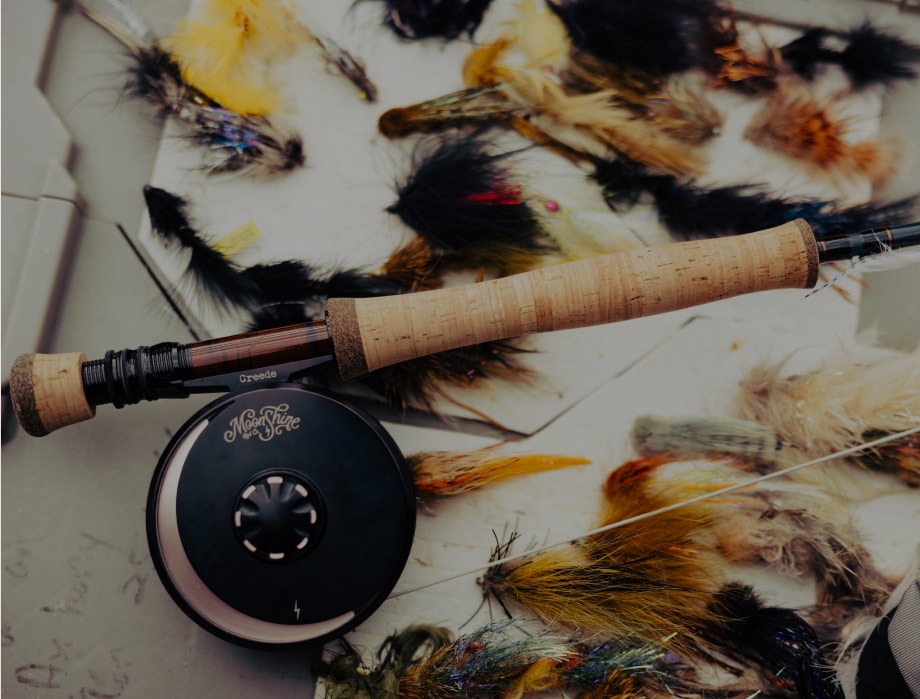
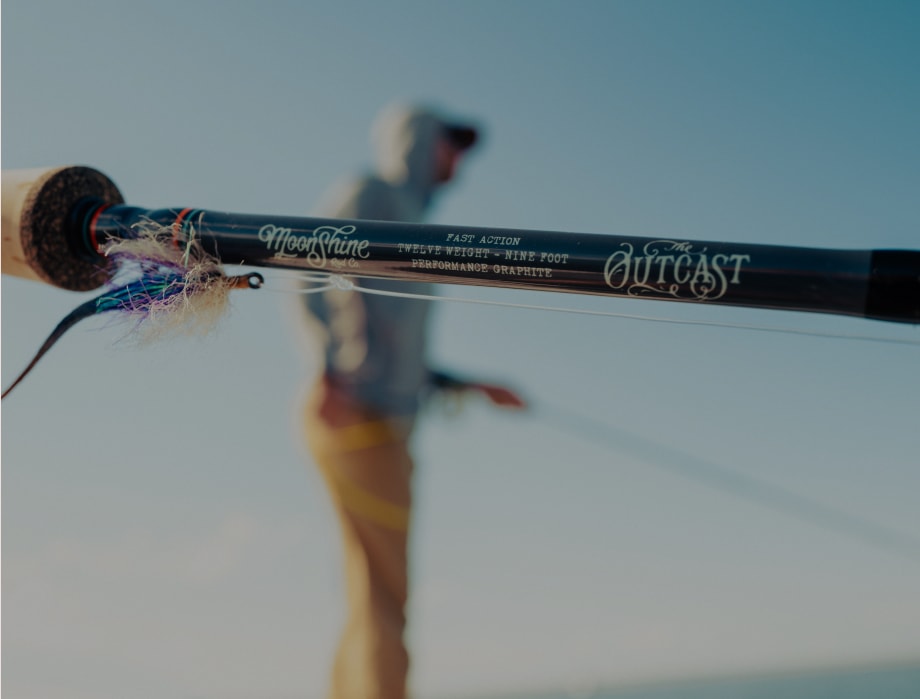
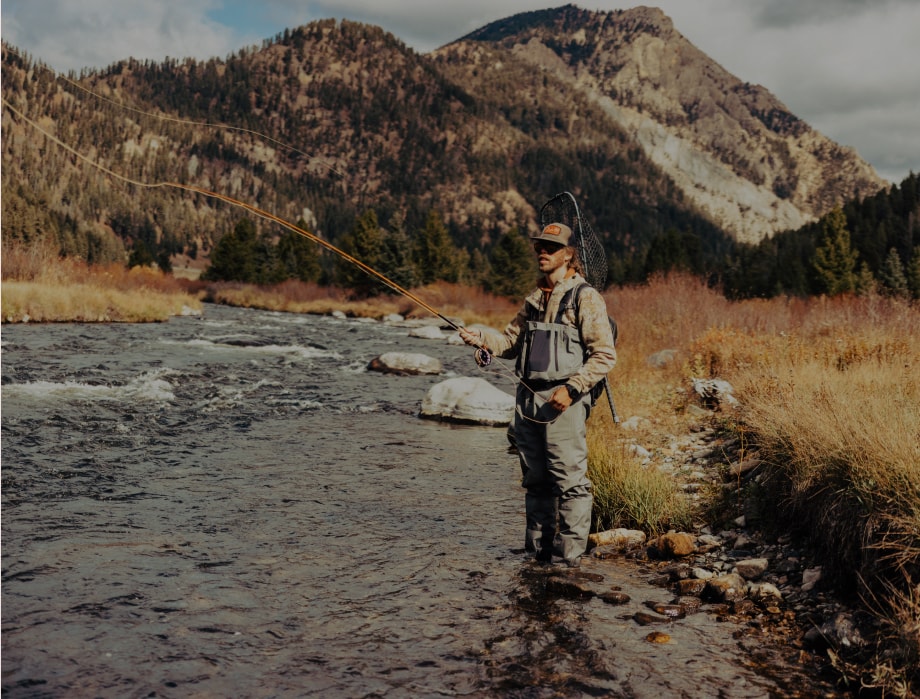
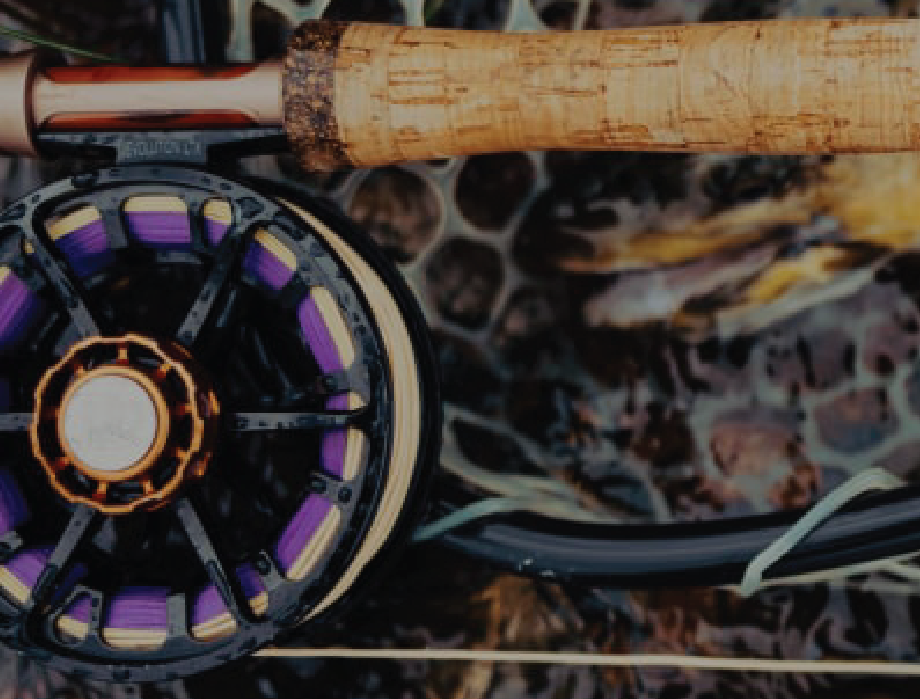
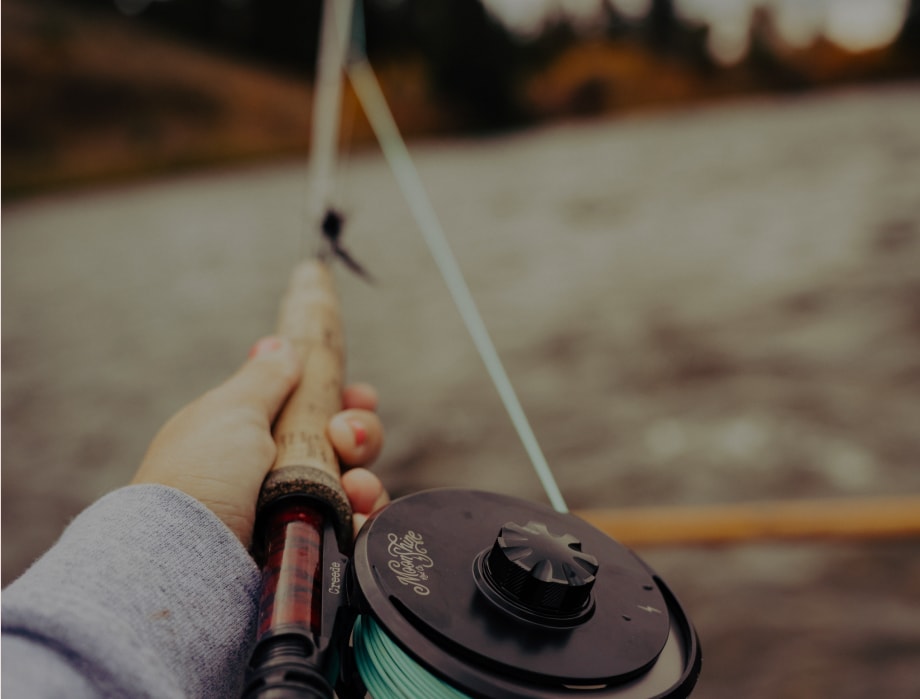
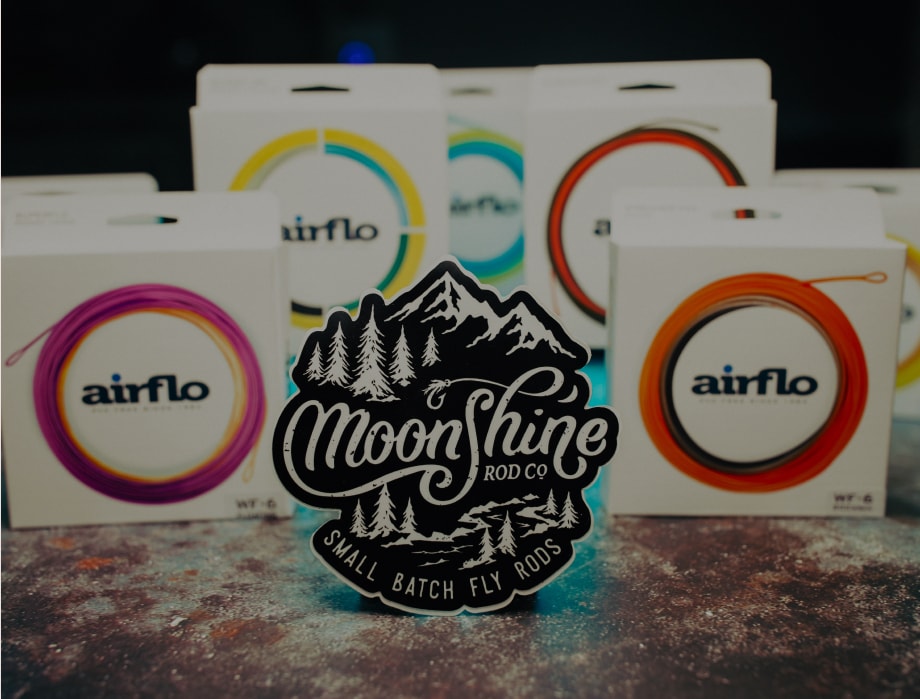
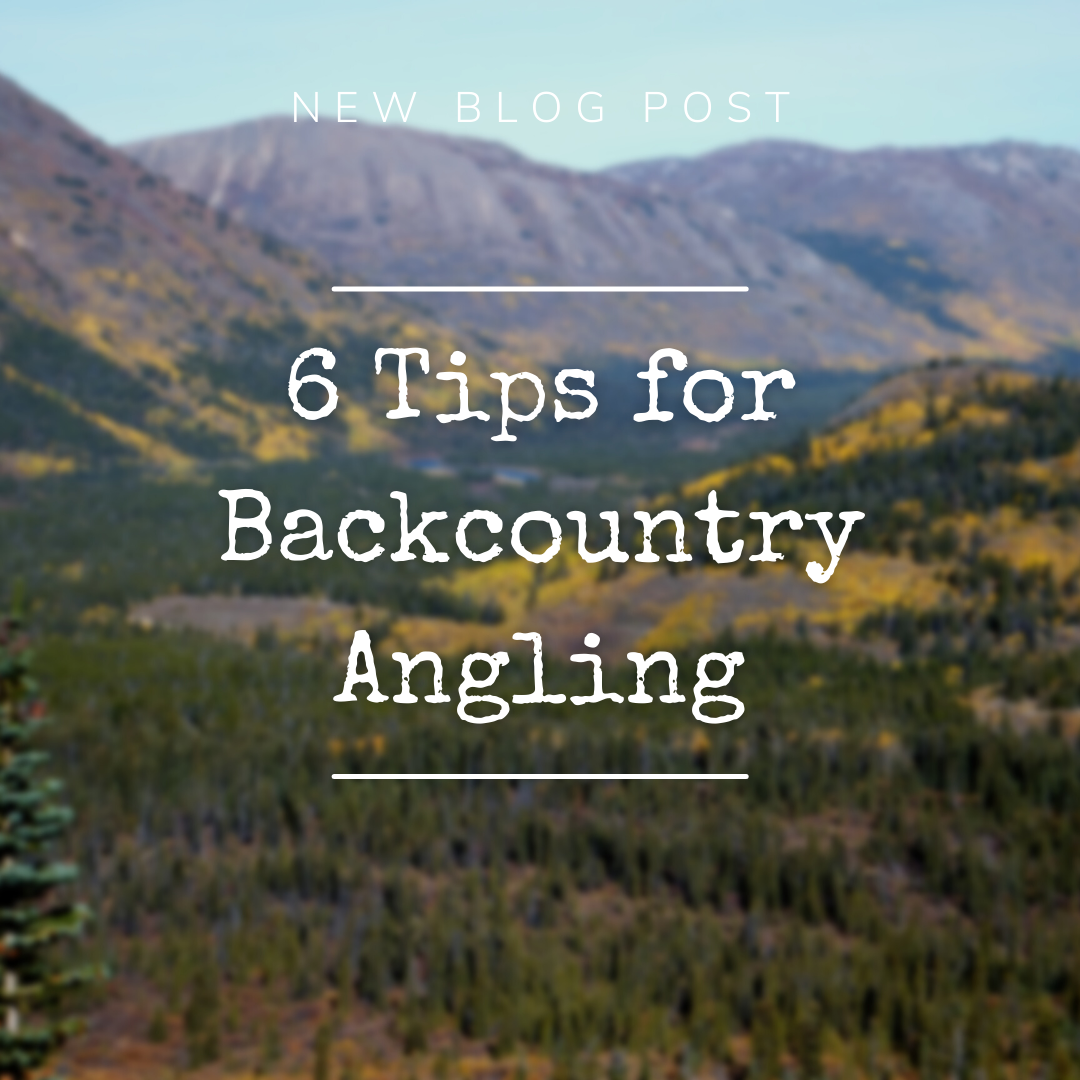
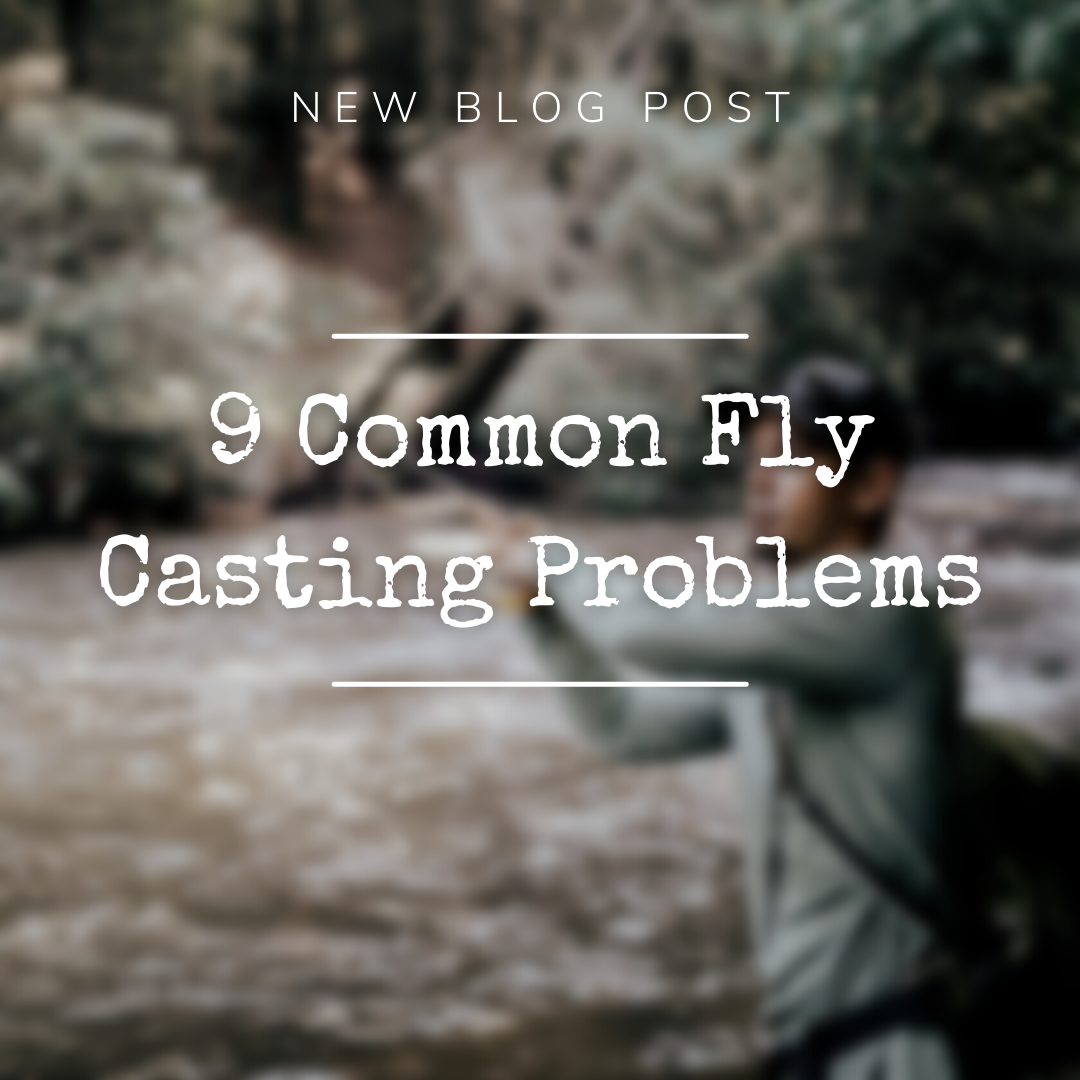
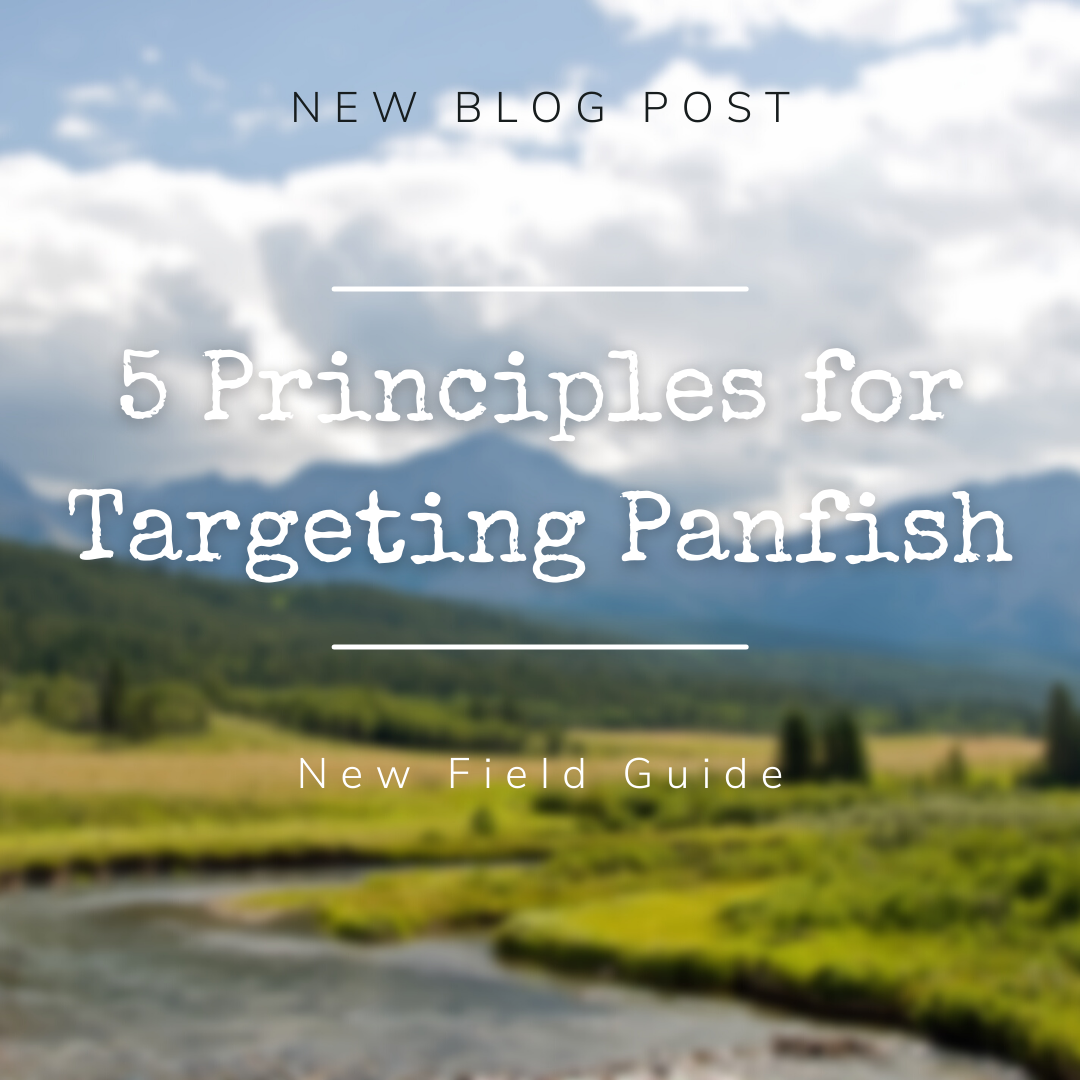
1 comment
Jesse Riley
Great article
Leave a comment
All comments are moderated before being published.
This site is protected by hCaptcha and the hCaptcha Privacy Policy and Terms of Service apply.